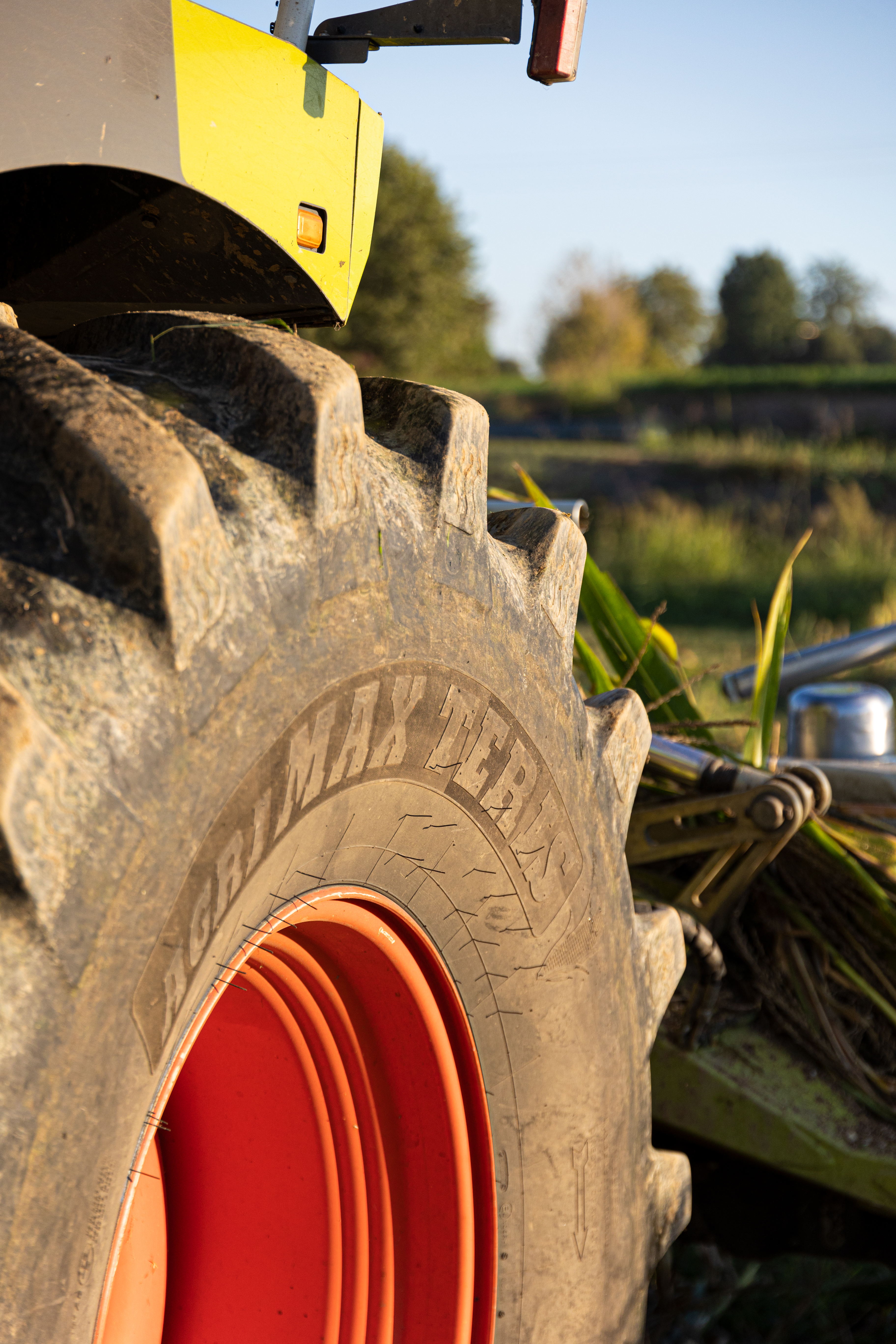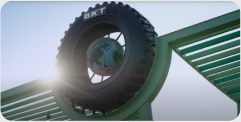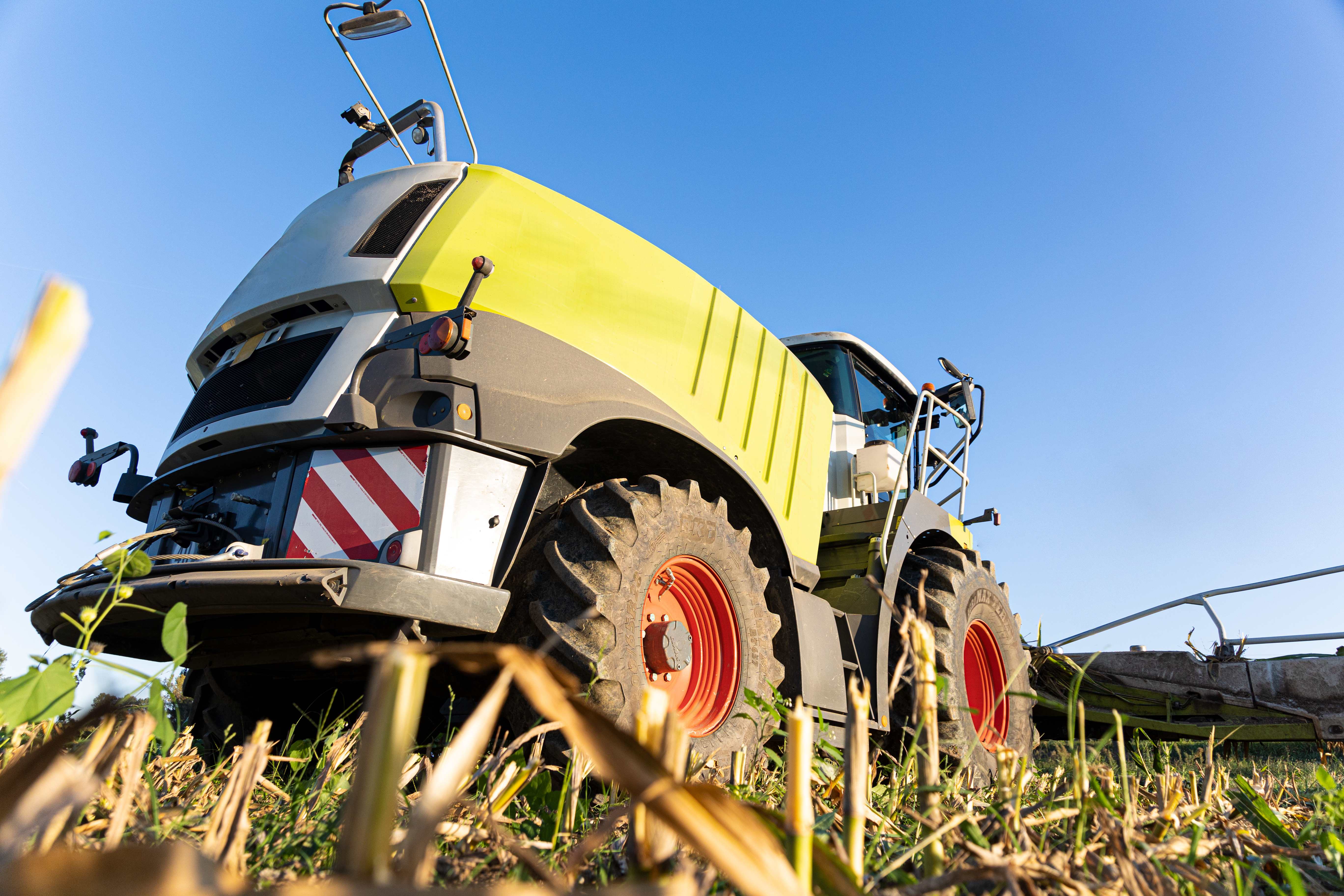With fewer active ingredients available for weed control in corn, managing weeds is becoming more challenging for farmers. Residual herbicides are increasingly restricted across the European Union, reducing their once-crucial benefit: lingering effectiveness in the soil after application. Still, effective weed management is possible through an integrated approach that combines agronomic strategies with advanced equipment fitted with specialized tires. These help boost precision and minimize soil compaction. Read on for a closer look at how to adapt your approach in 2025.

The Weed Control Landscape in 2025
As the 2025 corn season begins, farmers must rethink their weed control strategies due to new regulations and evolving environmental conditions. The withdrawal of S-metolachlor, tighter restrictions on terbuthylazine, and the impact of climate change all highlight the need for region-specific, adaptable solutions. S-metolachlor, a long-standing pre-emergence herbicide from the chloroacetamide family, has played a key role in controlling annual grasses and sedges like Cyperus esculentus, an increasingly invasive species in corn-growing regions. Its consistent performance also made it a valuable option for managing resistant biotypes of barnyard grass (Echinochloa crus-galli), especially where ALS herbicides were losing effectiveness due to resistance.
Going forward, tackling barnyardgrass in high-infestation areas will require a more nuanced strategy—combining pre-emergence applications with targeted post-emergence treatments and tailoring agronomic choices to local weed biodiversity. Another complication involves terbuthylazine, where usage restrictions vary depending on the formulation. These constraints can limit when and where farmers can apply treatments, making it harder to manage aggressive species like knotweed, Acalypha, Bidens, and Galinsoga, all of which can drastically impact yields. In areas with heavy sedge pressure, the loss of S-metolachlor requires a broader rethink—not just of corn weed control tactics, but also of crop rotation plans, to prevent the spread of more aggressive weed species. This is where combining different herbicide modes of action, improving soil cultivation techniques, and considering alternative agronomic solutions becomes essential. By doing so, farmers can maintain control over weeds while safeguarding the long-term sustainability of their operations. In short, corn weed control in 2025 demands a planned, flexible, and adaptive approach—one that responds to regulations and environmental challenges, without sacrificing yields or driving up costs.
Blending Agronomy and Chemistry for Smarter Weed Control

Don’t Underestimate the Role of Tires
An integrated strategy means paying attention to every detail that can improve field performance—including tire choice. Selecting the right tires for each phase of weed control can make a real difference. Sprayers and high-clearance machines equipped with narrow, reinforced tires can work even in later corn growth stages without damaging the crop. Meanwhile, tractors with VF (Very High Flexion) tires distribute weight more evenly at lower pressures, minimizing soil impact. For mechanical weeding, machines with puncture-resistant tires are crucial for uninterrupted work on rough or debris-filled fields. Ultimately, successful integrated weed management also relies on using equipment with advanced tires. This helps farmers stay productive and sustainable. By reducing the number of passes and optimizing each intervention, it's possible to keep weeds under control while protecting soil health and crop performance. In 2025, corn weed control can no longer rely on single-solution fixes. Only a truly integrated approach—combining agronomic planning, targeted herbicide use, and well-equipped machinery—will allow farmers to meet new challenges without compromising yield or sustainability. Stay tuned to our blog for more on effective weed control strategies, the latest industry updates, and practical tips for managing your crops sustainably and successfully!
Erweiterte Suche
Finden Sie Ihren Reifen






